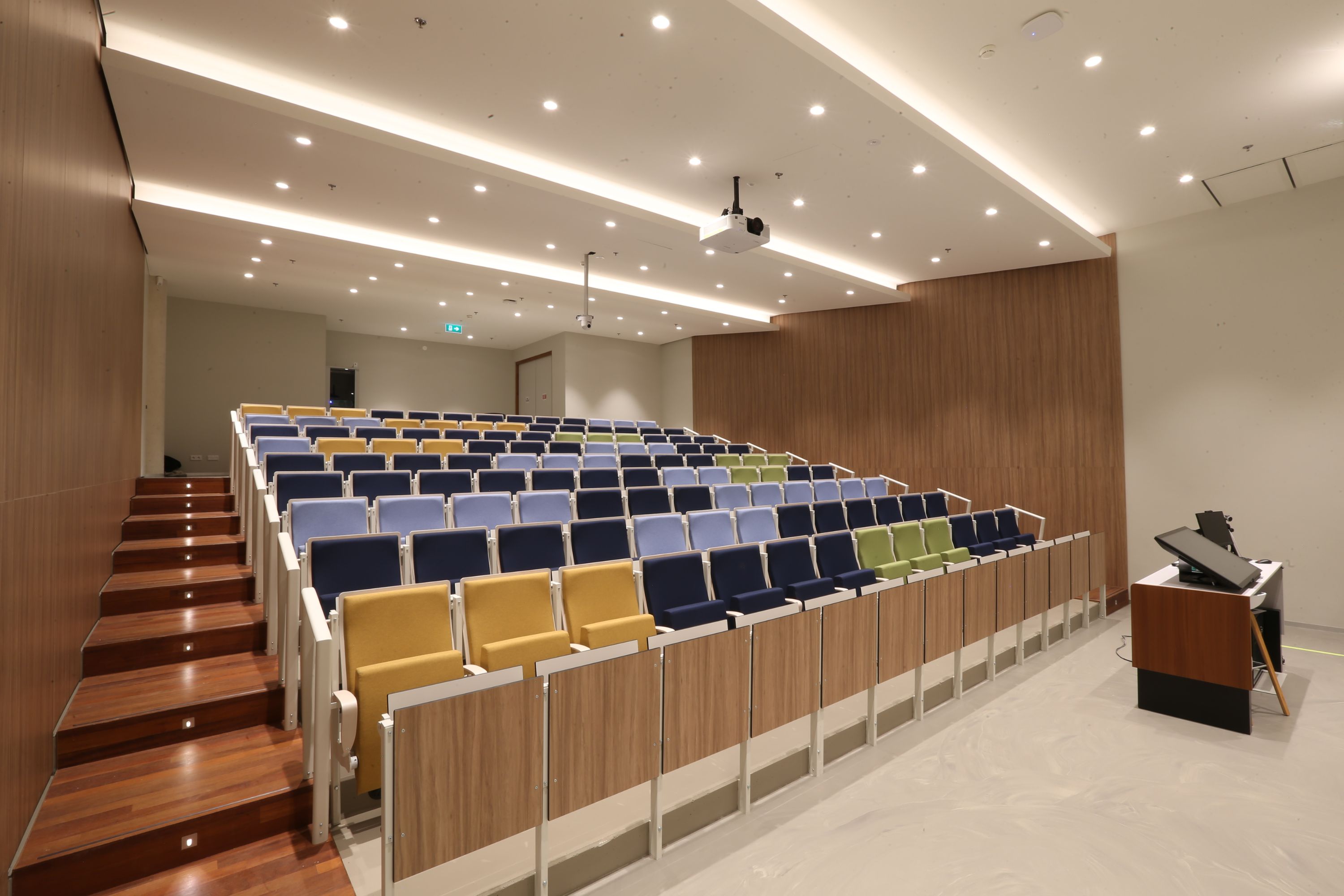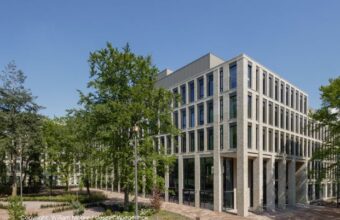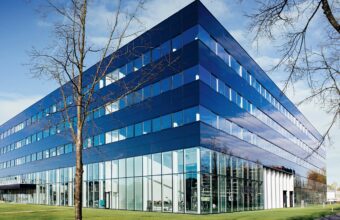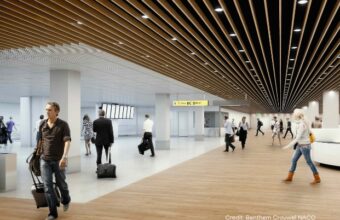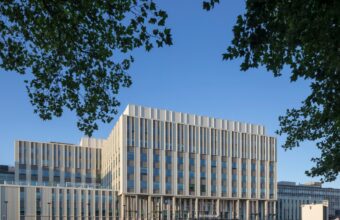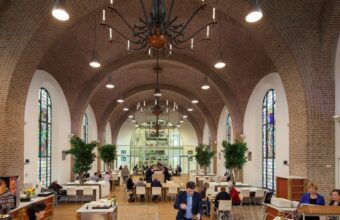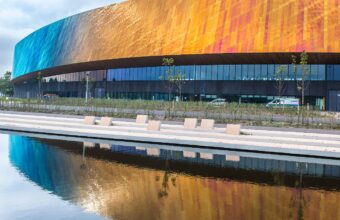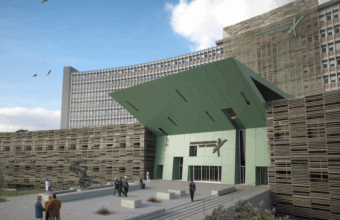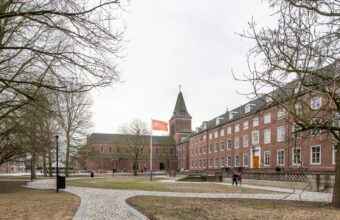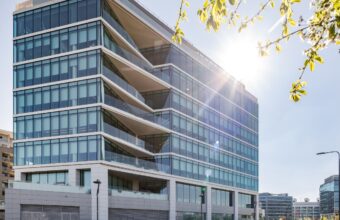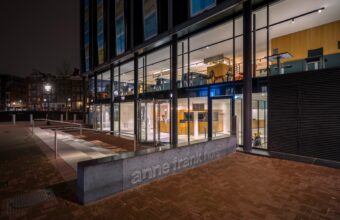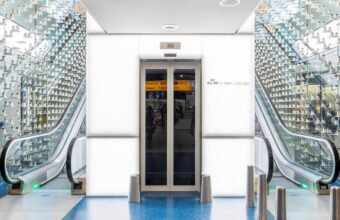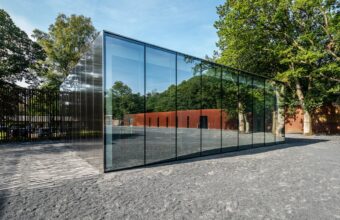Lighting Design
Deerns designs user-centered lighting design striking the balance between creativity and an in-depth knowledge of the complex technical requirements. We strive to provide inspiring, functional and sustainable designs that consider both architectural lighting and daylight for interior or exterior spaces.
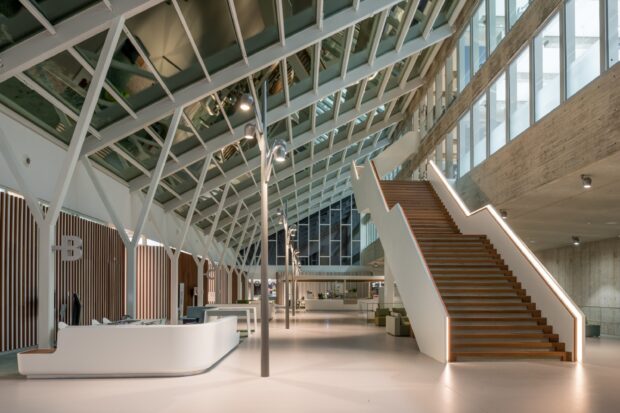
Deerns designs a user-centred lighting experience to ensure a harmonious design that is the most appropriate for the wellbeing of people in spaces. This core value remain throughout our design process as key requirements.
With the right balance of creativity and in-depth knowledge of the complex technical requirements involved. We strive to provide inspiring, functional and sustainable designs that consider both architectural lighting and daylight whether it is an interior or exterior space.
Visual comfort
Visual comfort is created by considering contrast, glare and vertical lighting within a space and the correct colour temperature and rendering to suit the space and use.
Wellbeing
Wellbeing is the perception of lighting design, which creates a link between the eye and brain, allowing a space to be inspiring, calming, atmospheric or mimic natural rhythms whilst evoking emotions. These elements can have an impact on our physical and mental health.
Functional requirements
The functional requirements of the tasks performed in a space as well as the age and ability of the user will dictate the technical requirements of the lighting design.
Architectural lighting design
Lighting design encompasses the base functional lighting combined with the perception of the space as envisaged by the architect’s concept of context and use. Lighting is an abstract architectural building material that cannot be designed in a vacuum without its surrounding spatial materials and the harmonious integration of daylight.
A seamless design can be achieved by close collaboration with the architect to ensure the lighting is integrated within the other building fabrics and architectural detailing to create a beautiful and natural space.
Volume and finish of a material also has great impact on the lighting design, where lighting can be removed or morphed based on the texture or colour of a finish.
+ 95
+ 400
Market
Worldwide
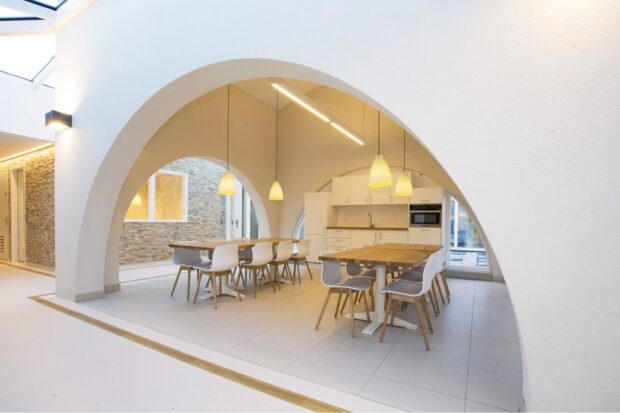
Deerns has +95 years of experience as an independent engineering firm. Our lighting designers have the technical expertise to follow the architectural design process and integrate technical systems into a durable and futureproof lighting design with a non-biased selected product.
Our designers are actively involved in the lighting industry, well aware and part of product trends and innovations. This ensures the most appropriate solution that suit the project’s budget and needs.
A great understanding of the law and regulations allows our designers to create the right technical requirements for the project and executing these into appropriate designs. Our knowledge of relevant guidelines can support the clients ambition to achieve environmental and sustainable goals.
Modern lighting installations are integrated into smart building design, enabling the evolution of the sustainablity of a building. By working closely with other building design experts within Deerns smart and sustainable lighting is easily integrated into the main building installation design.
" Lighting creates harmony between architecture and use.
Want to know how Deerns can help you with lighting design?
Frequently asked questions
Will compliance with the NEN-EN 12464-1 (2021) standard guarantee a good quality lighting design?
NEN-EN 12464-1 (2021) is not a legal obligation but compliance does confirm that the lighting installation’s performance meets specific technical criteria. However, achieving a good-quality lighting design requires far more than compliance to standards. Aspects such as atmosphere creation and visual comfort are key and have significant impact on both the built environment and the health and wellbeing of users. These design elements and their integration into the building architecture do not form part of the NEN assessment but should be considered from the outset in order to deliver a high-quality lighting design.
What are the options for replacing conventional lighting fixtures?
There are three main options for replacing conventional lighting fixtures with LED technology. The best solution for energy efficiency, lifecycle and futureproofing of the lighting of the system, is to install new purpose-built LED luminaires. A second solution is refurbishment of the existing fixtures. Here the existing housing is retained but fitted with a new interior. This option minimises waste and reduces damage to the surrounding ceiling. A third option (depending on the age of the installation) is to replace only the light sources, but this method has significant disadvantages and requires careful analysis of the fixtures beforehand.
Is it possible to combine a new lighting installation with a “smart building” system?
Yes, it is! Lighting has an excellent coverage within buildings by means of the luminaire positions. Each position of a lighting fixture has a connection to power and communication. There are various light management systems available that can serve as a “carrier” of a smart building installation.
